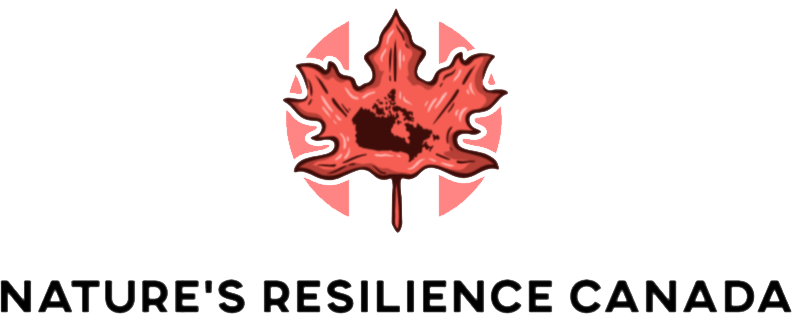False balance is a term used when media coverage presents two sides of an issue as if they are equally valid, even when one side lacks substantial evidence or scientific backing. This practice is particularly harmful when it comes to environmental issues, where the consequences can directly affect wildlife, ecosystems, and public health.
In such cases, industries that contribute to environmental harm often benefit from false balance, while wildlife and conservation efforts suffer.
What is False Balance?
False balance occurs when journalists or media outlets aim to provide “both sides” of a debate in the name of fairness, even if one side represents fringe views.
For example, in discussions about climate change, media outlets might present the overwhelming scientific consensus that human activities are warming the planet alongside the opinions of a small group of skeptics or industry-backed experts.
By giving both sides equal space or importance, the audience may be led to believe that the debate is still ongoing when, in fact, the scientific community has largely reached a conclusion.
How Industry Benefits
Industries that exploit natural resources, such as logging, oil, or agriculture, often use false balance to their advantage. They can fund research or promote experts who downplay the environmental impact of their activities. By doing so, they create doubt in the public’s mind about the real effects of industrial practices on wildlife and the environment.
For example, a logging company might fund a study that suggests deforestation has little to no impact on local wildlife populations. This information, presented alongside well-established research showing the devastating effects of habitat destruction, creates the illusion of uncertainty.
The general public, unsure of who to believe, may side with the industry simply because the issue seems unclear.
Impact on Wildlife
Wildlife is often the silent victim of false balance. When industrial activities are portrayed as harmless or necessary for economic growth, the damage to ecosystems and species is downplayed.
Forests, wetlands, and other habitats are cleared to make way for development, often at the expense of species that depend on these environments to survive.
Take the example of endangered species. When environmentalists advocate for the protection of an endangered animal, industries may argue that the economic benefits of development outweigh the importance of protecting that species. Through false balance, the media may present this as a legitimate debate, even though the long-term consequences of losing biodiversity are far more serious than the short-term economic gains.
The Role of the Media
Media has a responsibility to report issues accurately and fairly, but fair reporting doesn’t always mean giving equal weight to both sides.
When it comes to science and environmental issues, journalists should focus on the strength of evidence rather than providing a platform for unsupported claims. By doing so, the public can be better informed, and decisions can be made with the welfare of wildlife and the environment in mind.
Conclusion
False balance can have serious consequences for wildlife and the environment. When industries manipulate the media to create doubt about their impact on nature, it becomes harder for conservationists to protect ecosystems and species.
Responsible journalism that highlights the scientific consensus, rather than giving undue weight to fringe viewpoints, is essential for the future of wildlife and our planet.

